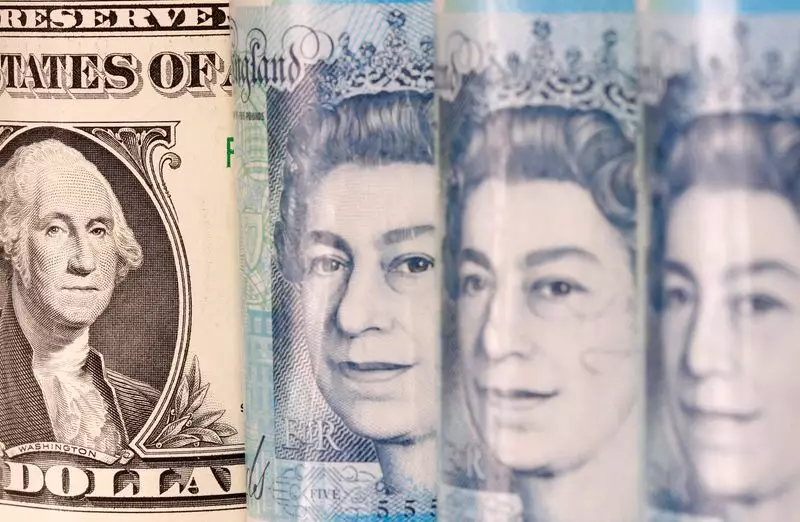The currency markets are often a reflection of the geopolitical landscape. Recent volatility in the British pound following the unexpected victory of Donald Trump in the U.S. presidential election serves as a prime example. The pound briefly plummeted to a six-month low, raising concerns about the economic stability in the UK amid changing global dynamics.
The dollar has demonstrated an impressive surge, climbing approximately 3% as investors reassess the potential economic implications of Trump’s policies. Many are anticipating that his proposed trade tariffs and tax reductions could result in enhanced growth and inflation rates. This speculation has, in turn, fostered an environment where fewer interest rate cuts from the Federal Reserve are expected, subsequently driving up U.S. Treasury yields and enhancing the dollar’s attractiveness.
Consequentially, the pound’s value has declined by around 2.7% since election day, although it has shown relative resilience compared to other currencies, specifically the euro. Analysts are weighing the notion that the euro may bear additional pressures due to the focus on tariffs that target, among others, the European Union, alongside China and Mexico.
Reports indicate that the recent decline in sterling can largely be traced back to the contrasting strength of the U.S. dollar. Commentary from financial experts, such as Matthew Amis from abrdn, suggests an overarching pessimism regarding the pound’s trajectory. The market lacks compelling reasons to anticipate a rebound, particularly with the Bank of England signaling ongoing rate cuts and a less optimistic growth forecast for the UK economy.
The most recent data, revealing a surprising contraction in the UK economy during September, further compounds these concerns. The modest growth rate of 0.1% in the third quarter has left traders bracing for a potential rate cut from the Bank of England, with forecasts indicating roughly an 80% probability of a reduction next month. These anticipated cuts would bring the current rate from 4.75% down to around 4% by the end of the upcoming year.
While the pound navigates through its own challenges, the euro is experiencing significant downturns. It recently hit a 2.5-year low against the pound, illustrating the traders’ belief that the continent will be disproportionately affected by the new tariffs compared to the UK. As markets adjust, the euro was seen rebounding slightly, but this doesn’t negate the overall bearish sentiment toward its long-term prospects given the context of evolving U.S. trade policies.
The current landscape for the British pound amid shifting U.S. policies highlights the complexity of international currency markets. As traders assess economic signals and geopolitical developments, both the pound and euro find themselves in precarious situations. The outlook for the UK economy hinges on several factors, including the Bank of England’s next moves and Trump’s presidency, underscoring the tightly interwoven nature of global currencies. Future movements will require careful monitoring as these dynamics unfold.

